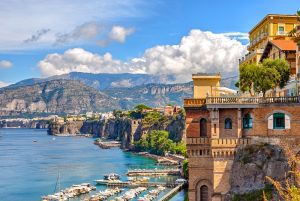One of the easiest ways to identify a country is by its flag, and each nation’s standard is as unique as the territory that flies it. Oftentimes these colorful banners stand for more than just a means of recognition, and you can learn a lot about a country just by looking at its flag. From the political and cultural history to symbols of ancient legends and everything in between, flags are much more than mere signage.
Throughout history, flags have changed with the nations they represent. They symbolize the hardships and resilience of the people who identify with the standard, serve as a token of pride for their citizens in international settings, and are almost always viewed with esteem and honor.
While most countries would argue their case for why their flag is the most beautiful, we’ve rounded up a non-biased list of the top 30 most beautiful flags in the world. Continue reading to find where your country’s flag lands on our list.
Related: Flags of the World
Table of Contents
1. Argentina
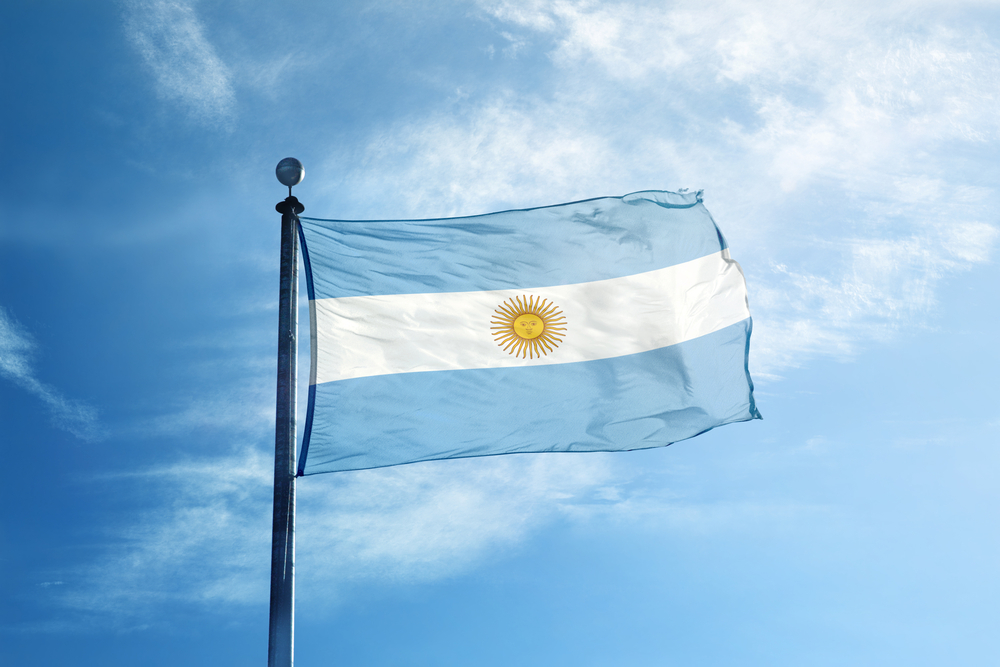
Argentina boasts one of the most beautiful flags in the world and is one of the most beloved by the people it represents. The national standard comprises two light blue (or celeste) bands on the top and bottom with one white band in the middle. A beautiful golden “Sun of May” stands out in the middle.
Although the exact composition of the flag has changed many times throughout the years, the original iteration of this design was first introduced by Manuel Belgrano, the leader of Argentina’s revolution against Spain.
On the day that the liberation demonstrations began in Argentina (May 25, 1810), the skies were said to be a light blue and sunny with floating white clouds – hence the colors of the flag. This is all hearsay, but it’s nice to believe in the beautiful symbolism that matches this lovely flag.
2. Nepal
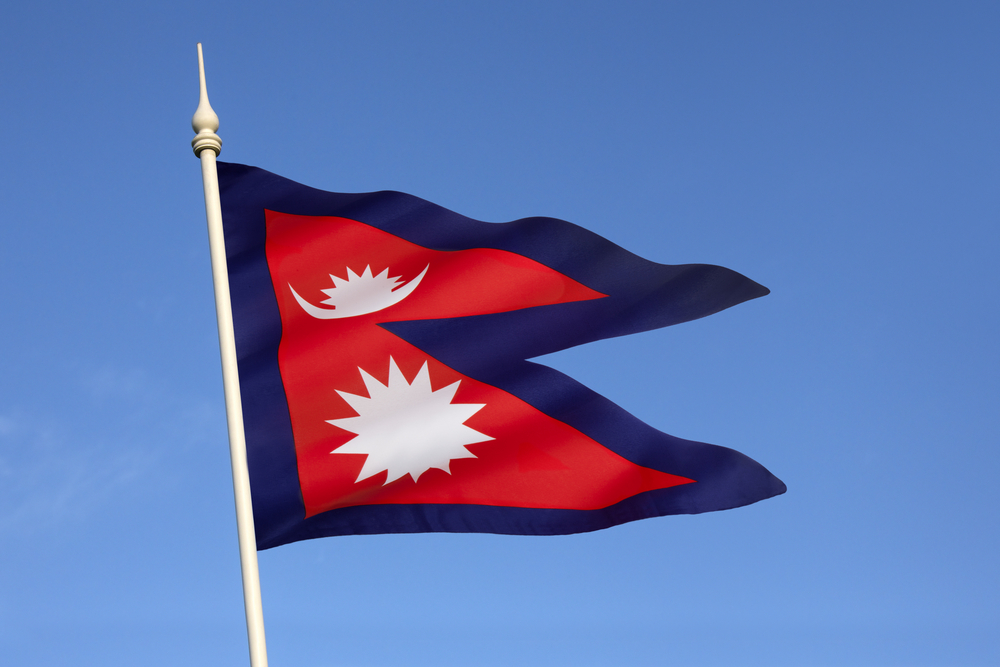
The oddly shaped flag of Nepal is truly one-of-a-kind, as it’s the only one in the world that doesn’t conform to the widely accepted quadrilateral configuration. Instead, the flag is made up of two triangular shapes that emulate the high peaks of Mount Everest, the country’s main claim to fame.
The blue border represents peace, while the inner red area displays the color of Nepal’s national flower (the rhododendron) and symbolizes the brave spirits of the Nepali people. The white shapes in the center are a sun and a moon, representing calm and resolve in addition to contrasting the country’s varied weather patterns.
3. Kiribati

Located in the middle of the Pacific Ocean, Kiribati is a nation consisting of 33 islands and is popular with beach bums and adventure tourists alike.
The flag pays homage to the country’s ocean address, with six blue and white wavy stripes comprising the bottom half. Kiribati’s islands are divided into three different groups (Gilbert, Phoenix, and Line), and the three blue stripes represent these individual regions.
The top half of the flag is based on the country’s coat of arms, with a red background and a golden sun and frigate bird. The frigate is Kiribati’s national animal, and represents strength and power at sea, while the sun and its 17 rays represent the Gilbert Islands and the solitary Banaba Island.
This beautiful flag has flown high and proud since Kiribati gained its independence from the United Kingdom in 1979.
4. India
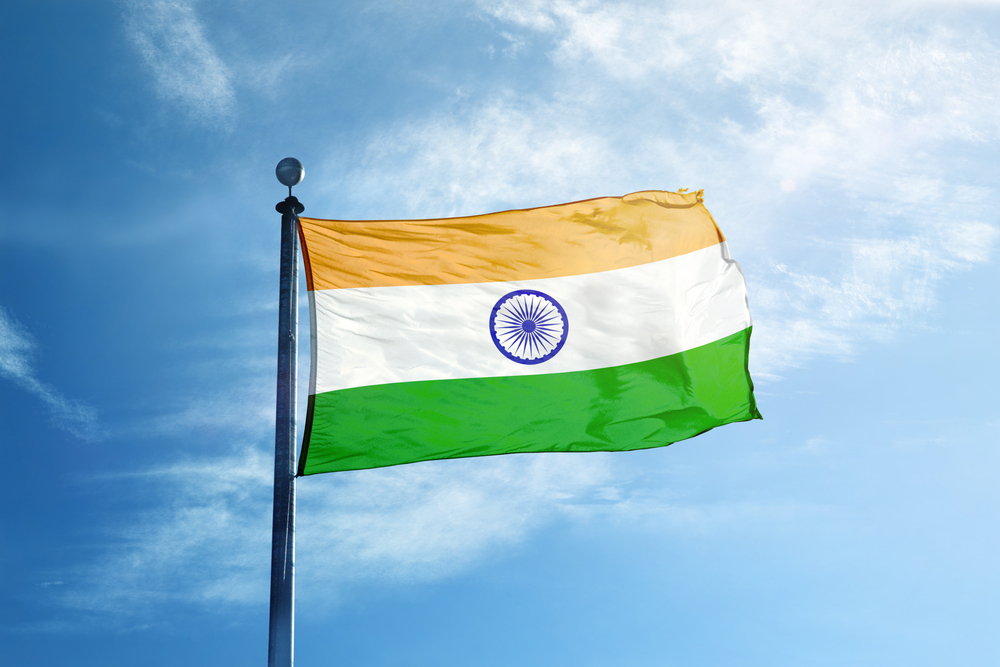
Affectionately known as “Tiranga” by the people of India, the Indian flag is one of the most beautiful in the world. The flag is an adaptation of the Indian National Army’s banner, which was used in the fight leading up to the country’s independence.
India finally gained independence from the United Kingdom in 1947, and the current flag has been flown ever since. The top saffron-colored band signifies strength and courage, the center white band represents peace and truth, and the bottom green band symbolizes fertility, growth, and auspiciousness of the land.
The symbol in the middle of the flag is known as Dharma Chakra, or the “wheel of the law”, and is meant to show the life in movement and death in stagnation.
5. Ghana
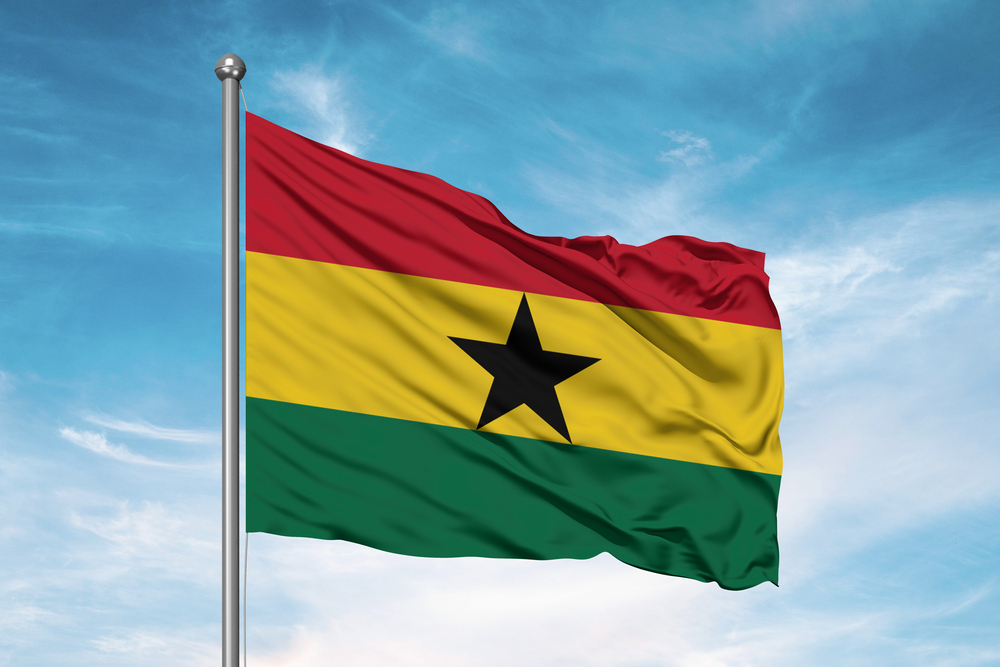
Many African nations sport the same red, green, and black colors on their flags, but Ghana was the second nation to adopt this pan-African color combination back in 1957 when they gained independence from the United Kingdom.
The red stripe signifies the bloodshed from those who died fighting for Ghana’s independence. The gold stripe symbolizes the rich mineral deposits around the country, and the green stripe represents the country’s lush forests.
The black star in the center of the flag is what sets Ghana’s flag apart from other African banners, and is meant to represent the country’s emancipation and act as a lodestar for African freedom in general. The country’s national football team has even been nicknamed the black stars as a nod to the flag.
6. Nigeria
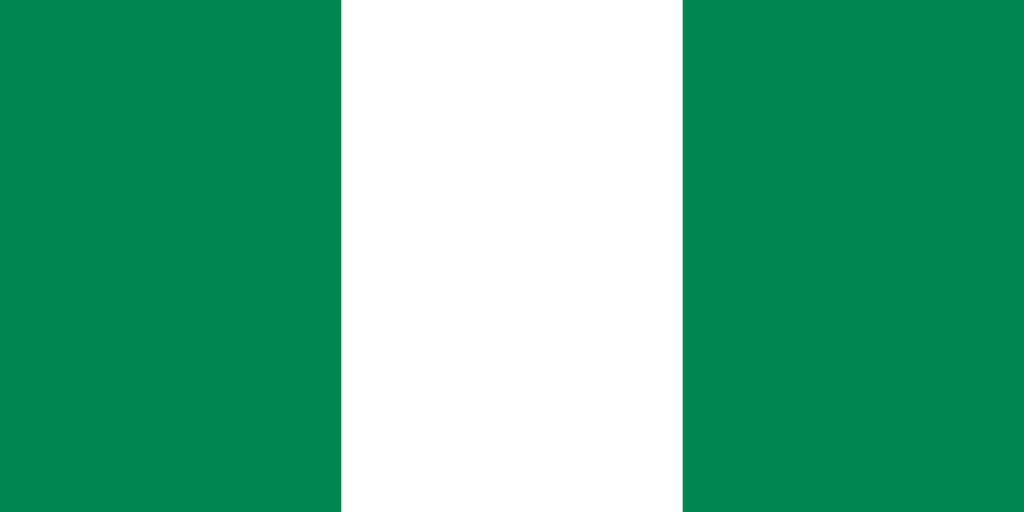
The African nation of Nigeria chose a different set of colors than the widespread red, green, and black combination, and the vertical green and white bands are the adaptation of an entry from a competition held to decide the country’s new standard.
The flag design competition was held in 1959 when it became clear that Nigeria would gain its independence from the United Kingdom. Out of thousands of entries, the design we see today was the winner of the competition.
The two green stripes represent Nigeria’s lush vegetation and rich agriculture, while the center white stripe symbolizes the country’s hope for peace and unity.
7. Bhutan
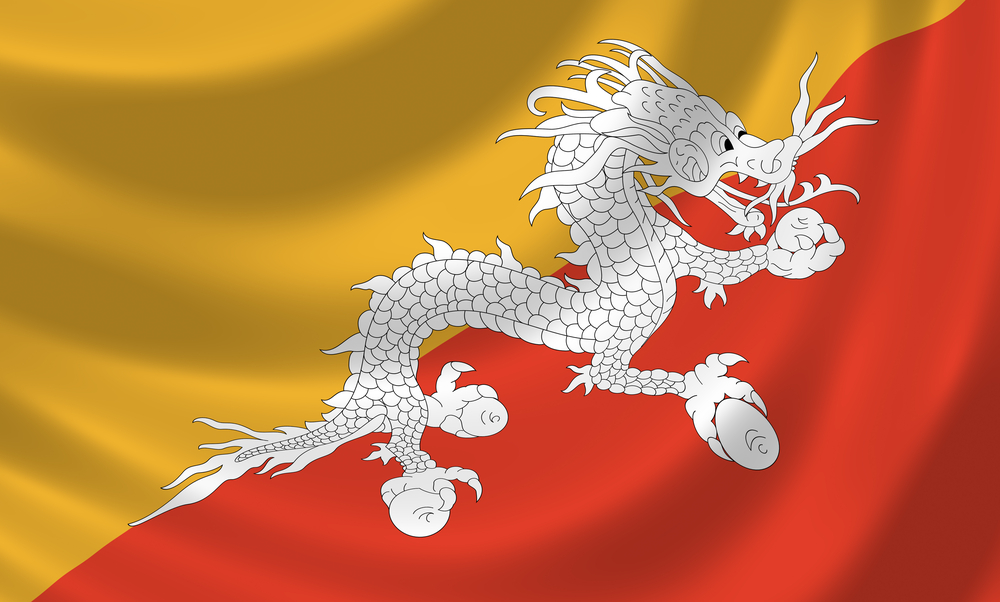
Bhutan flies one of the most unique flags in the world, and it’s also one of the most beautiful. Cut in half diagonally rather than horizontally or vertically, the yellow and orange colors are overlaid by a white dragon, also known as Druk, or “thunder dragon”.
The yellow color represents the authority of the king while the orange symbolizes Buddhism, the country’s official religion. Each color takes up half of the flag, demonstrating the equal importance of both.
The dragon is painted white and is a feature from Bhutanese mythology, which is meant to symbolize the purity of the deeds and thoughts of the Bhutanese people. The gems held in each claw represent the enduring wealth and security of the country.
8. Portugal
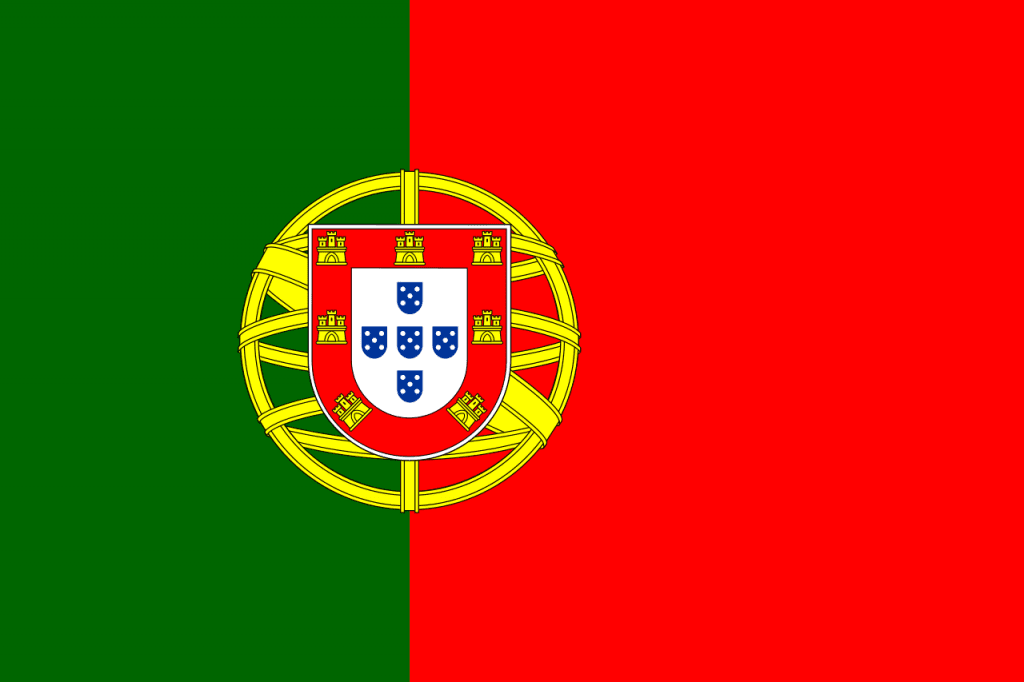
The Portuguese flag has changed many times over its long history, but the current design dates back to 1911 – a year after the monarchy was overthrown. The standard was designed by three national artists and has many detailed and symbolic aspects.
The background of the flag is colored green and red, representing hope for the future and acknowledging the blood lost in battle.
The most detailed part of the flag is the shield, set upon an intricate yellow ribbon. There are five blue shields on the central white guard, representing the Moorish kings who were overthrown by the first king of Portugal, while the seven yellow castles around it symbolize the fortresses taken during this time.
The yellow sphere surrounding the shield is actually an armillary sphere, a navigational device that was used during the 15th and 16th centuries. This tool combined with the sailors’ knowledge of astrology aided Portugal in becoming one of the chief conquerors of the time, and the yellow symbol is used to represent this era (also referred to as the “Age of Discoveries”).
9. Botswana

Botswana is another country that has broken away from the group when it comes to flag colors, and rather than flying the traditional red, green, and black, the Botswana standard boasts a lovely sky blue background with three black and white stripes.
The sky blue color is a representation of water to honor the crucial rainy season that this country relies on. Botswana is mostly desert, and without the rain, life here would cease to exist.
Botswana is full of interesting animals, from big cats to elephants and everything in between – all who rely on the rainfall. Their national animal is the zebra, and the black and white stripes in the center of the flag celebrate this beautiful creature.
The stripes are also meant to represent the harmony between races, which was a stark contrast to the South African flag at the time of Apartheid.
This beautiful flag was flown for the first time in 1966 after Botswana gained its independence from the United Kingdom.
10. Brazil
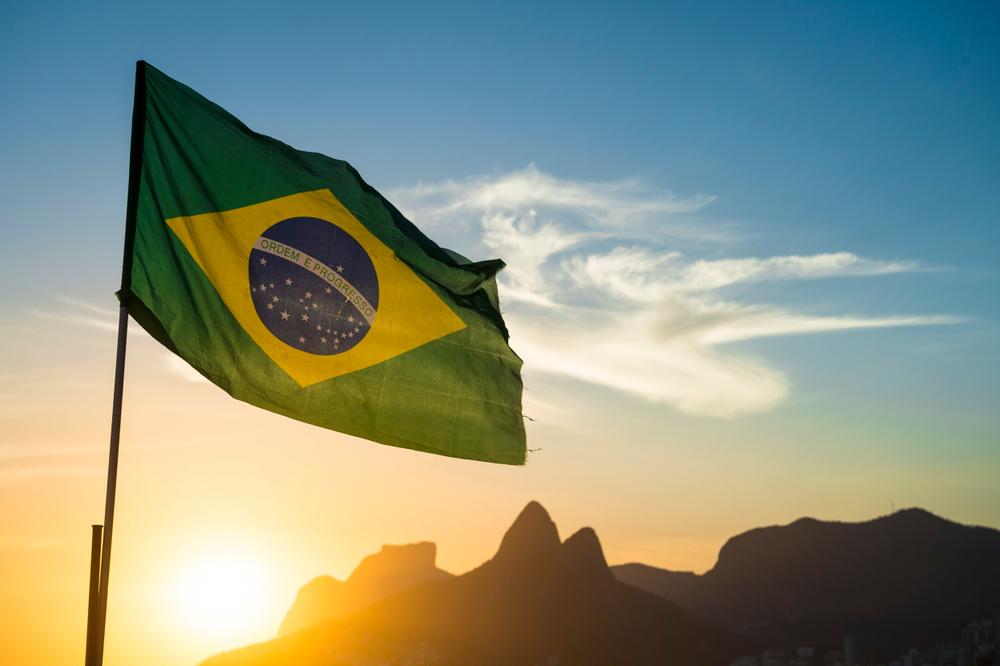
Lovingly known as A Auriverdi, the Brazilian flag has been the country’s official banner since the republic was announced in 1889. Each aspect of the flag holds its own symbolism.
The background green is meant to represent Brazil’s lush forests and fields, while the yellow diamond symbolizes the country’s wealth in gold.
The deep blue celestial globe in the center of the flag is a representation of Rio de Janeiro‘s night sky, while the 27 white stars correspond to the country’s 26 states and single federal district. The words “Ordem e Progresso” can be seen crossing the globe and were inspired by a French philosopher’s motto of positivity. In this motto, love is the principal, order is the basis, and progress is the goal.
11. Mexico
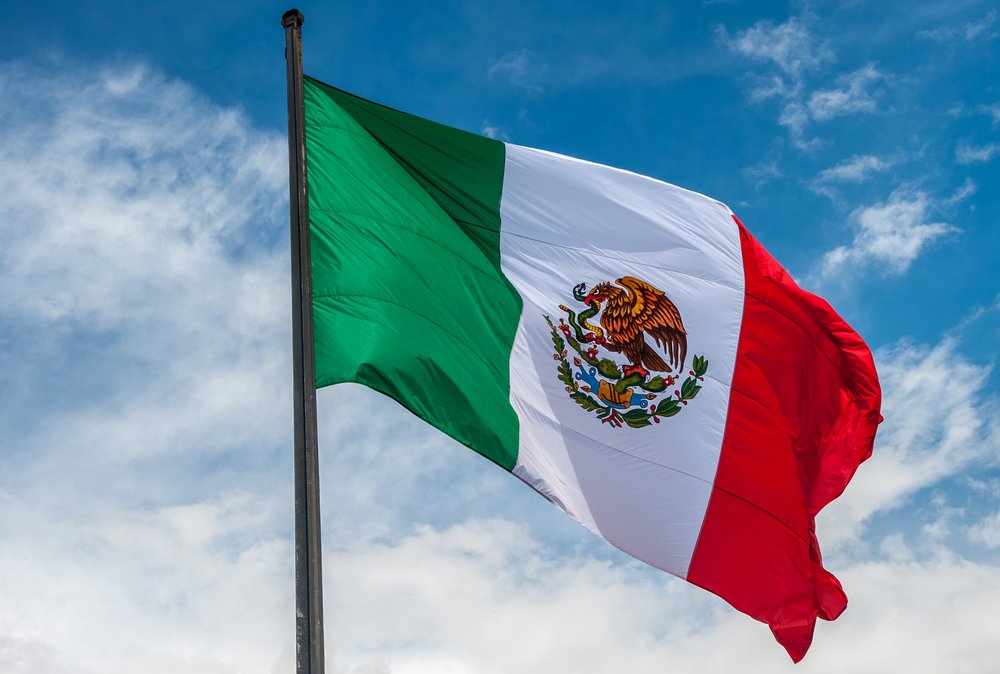
The Mexican flag is an intricate one – and also one of the most beautiful in the world. The background is made up of an erect tri-color combination of green, white, and red, symbolizing independence, purity, and unity, respectively.
The flag was first used in 1821 after Mexico gained its independence from Spain, though the design has changed a bit over the years.
The center of the flag features a majestic eagle perched on a prickly pear cactus with a rattlesnake in its beak. The symbolism of this image goes back to the time of the Aztec empire and the founding of their capital city, Tenochtitlan. The laurel branch was added to the flag when Mexico hosted the 1968 Olympics and is meant to symbolize victory and honor.
12. Greece
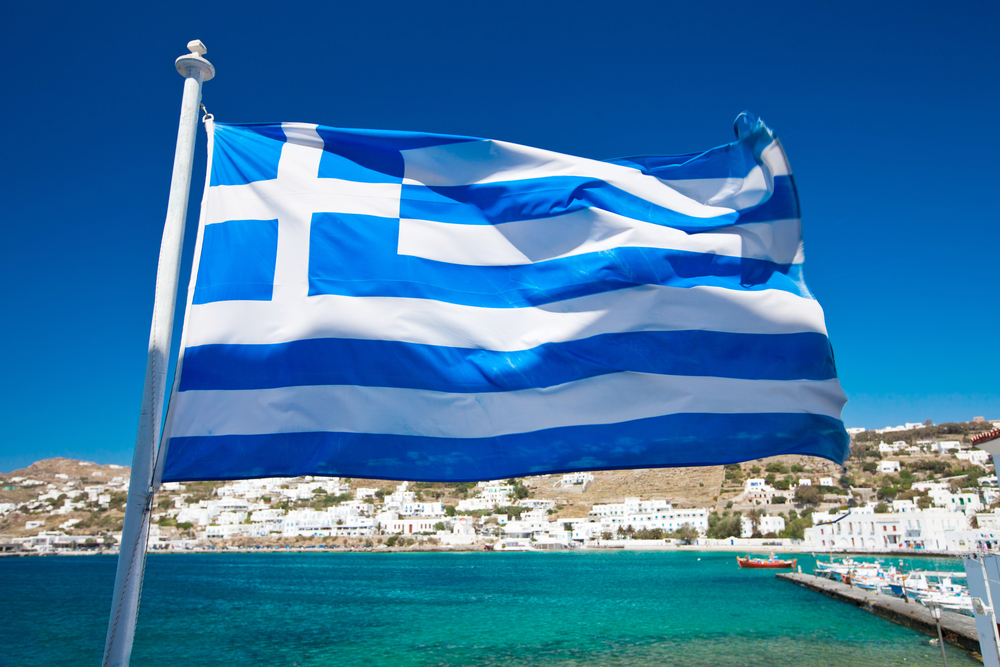
Evoking scenes of the bright blue waters and white buildings that line the gorgeous coastlines, Greece’s flag may not seem too intricate – but the symbolism runs deep.
Officially, the blue does represent the sea (and the sky), but the white symbolizes the purity of the struggle for independence rather than the iconic Greek buildings that surround its shorelines.
The nine stripes represent the nine syllables in the country’s official motto, “Eleftheria I Thanatos” – meaning “freedom or death”. The symbolization of the cross on the upper left corner is fairly straightforward, representing Greece’s official religion of Eastern Orthodox Christianity.
13. Canada
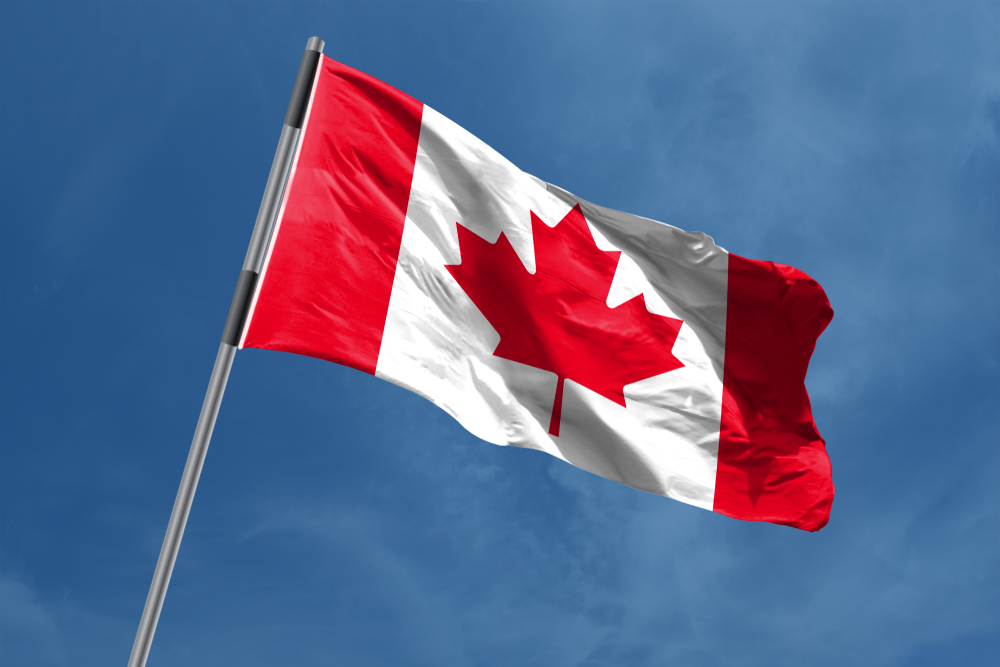
One of the most iconic flags in the entire world is that of Canada, with its famous red maple leaf boldly displayed in the center.
Like so many other countries around the world, Canada was colonized by the British empire. It wasn’t until 1965 that Canada got its own flag, though calls for a new standard date back to the early 20th century. There were three shortlisted flag designs, but the one we see today was chosen as the first official Canadian flag.
The maple leaf is a long-standing emblem of Canadian identity, representing pride, loyalty, and courage. The flag’s leaf features 11 points, 10 of which represent the country’s provinces and one that represents its three territories.
14. Somalia
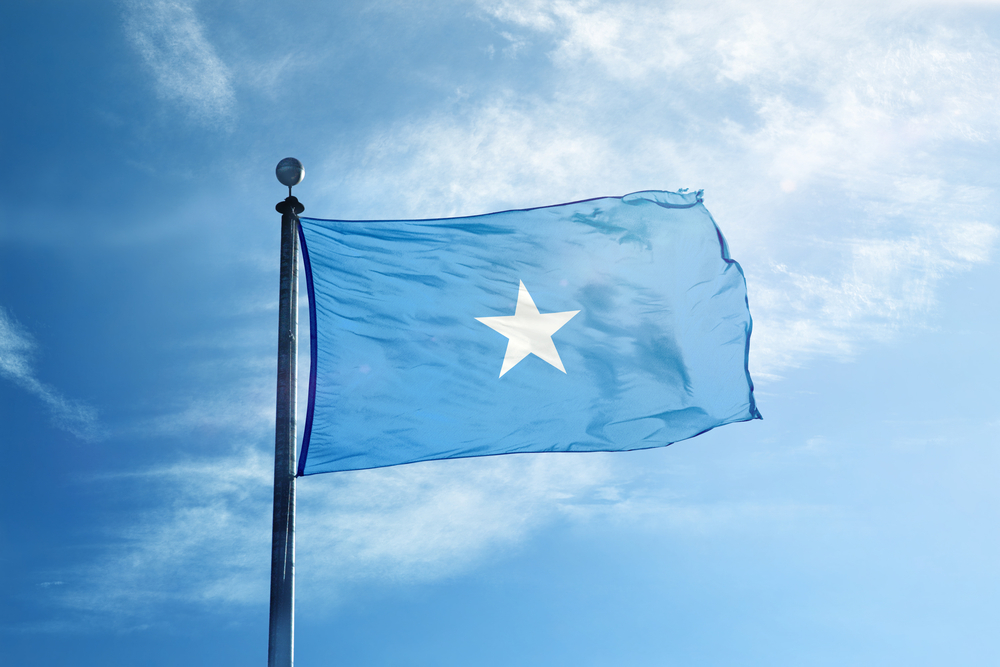
Beauty can often be found in simplicity, and the flag of Somalia demonstrates this truth perfectly.
The sky blue color represents the vastness of the Indian Ocean that the country is perched upon, and the white star in the center (the Star of Unity) represents all the areas that Somalians inhabited before the founding of the Republic of Somalia. These areas include Djibouti, Somaliland, the North Eastern Province of Kenya, and the Ogaden region of Ethiopia.
Somalia was reunified in the 1950s, and with the help of the United Nations, transitioned from a colony into an independent nation. This is another reason for the light blue color of the flag (the same color as the United Nations banner), though this nod is not officially recognized.
15. Lebanon

The flag of Lebanon features two red stripes with a large white banner in the middle – but the crown jewel of this national standard is the green cedar in the center.
Lebanon is often referred to as “the Land of the Cedars”, and the Lebanon Cedar is referenced many times in biblical texts. The green cedar in the center of the flag is the country’s national symbol and represents eternity, holiness, longevity, and peace.
The center white stripe also symbolizes peace and purity, while the red stripes represent the bloodshed caused by the many invasions that the country has endured throughout the course of history.
16. Kyrgyzstan
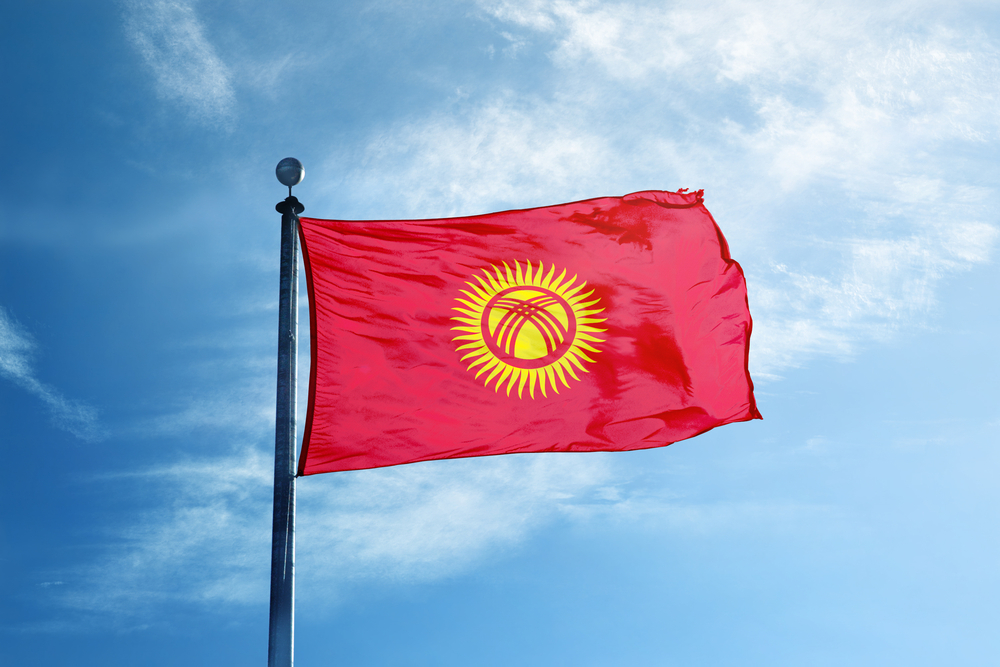
The flag of Kyrgyzstan is one of the most beautiful in the world, and once you understand its complex meaning, it becomes even more remarkable.
Kyrgyzstan didn’t gain independence from the Soviet Union until 1992, and a lot of thought was put into the meaning behind the flag. Red was the traditional color of the Kyrgyz people and is also meant to represent valor and courage.
The yellow symbol in the middle is a combination of the sun and an orb-like figure that resembles the traditional roof shape of a Kirghiz yurt. This design symbolizes hospitality, warmth, the source of light and solidarity, and the cohesion of all the people of Kyrgyzstan.
The yellow sun has 40 rays, one for each of the tribes that fought against the Mongols back in the 13th century. The sun also symbolizes light, peace, wealth, and the eternity of existence.
17. Cuba
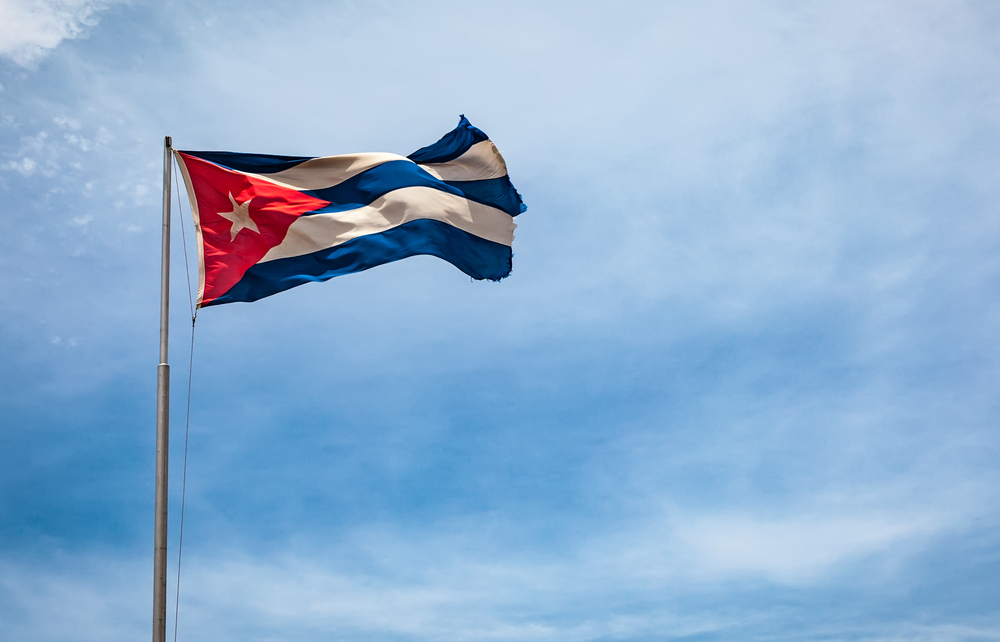
Cuba’s fight for independence was a long one, and the current flag was designed long before liberty was achieved. The flag was inspired by the idea of a free Cuba, with much symbolic meaning behind each of the aspects.
The white stripes represent the purity of ideals, while the matching blue ones stand for the three administrative departments of Cuba. The red triangle symbolizes courage and the white star is the metaphorical crown of the newly created country.
The flag was designed by an exiled army general (Narsico Lopez) in 1849, and while he never got to see the flag fly over a free Cuba, he created an everlasting symbol of the country’s resilience and independence.
18. Malaysia
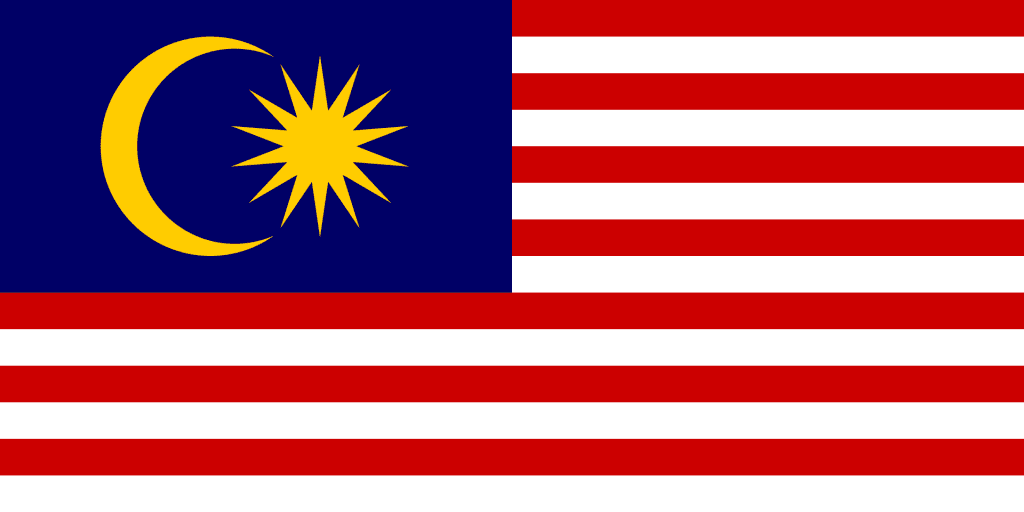
The Malaysian flag, also known officially as “Jalur Gemilang” (Stripes of Glory), is one of the most beautiful in the world. This national standard is designed after the East India Company Flag, with red and white horizontal stripes and a blue canton on the upper left corner.
There are 14 alternating red and white stripes representing the 13 states and single federal territory of Malaysia. Inside the blue canton, there’s a yellow moon and a 14-point star. The moon is a nod toward Islam, the country’s official religion, while the star and its 14 points symbolize the unity and equality between the states.
19. New Zealand
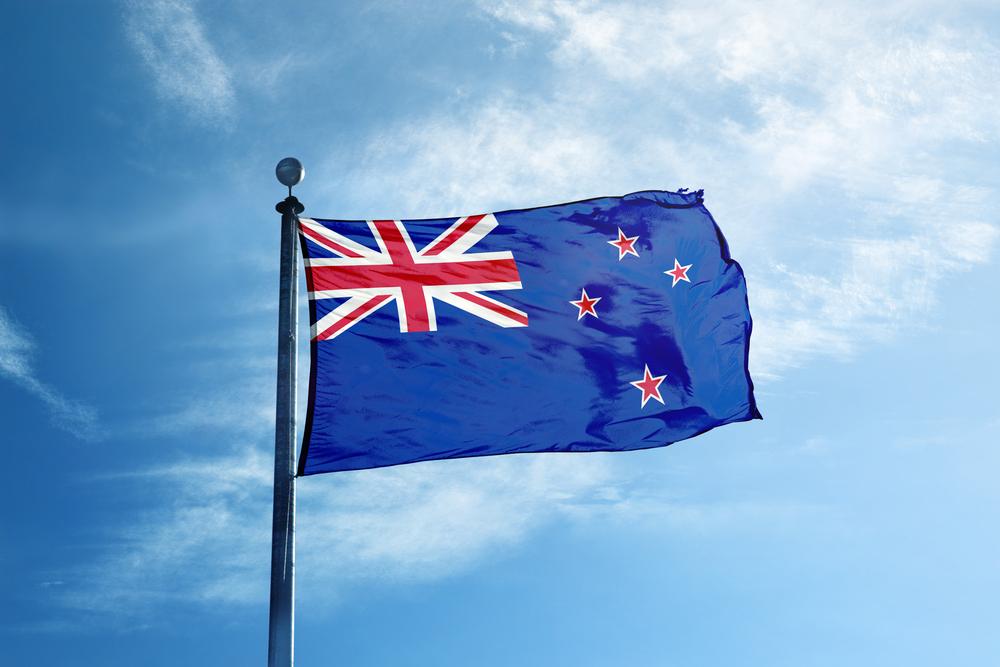
New Zealand flew the Union Jack flag for much of its history, marking it as a British colony and dominion. The current flag has officially been in use since 1902, and although it still sports the British flag on the upper left canton, the standard is New Zealand’s own.
The royal blue background matches the ensign of the Royal Navy’s Blue Squadron, while the red stars denote New Zealand’s geographical location in the southern hemisphere and pays homage to ancient Maori mythology.
As recently as 2016, New Zealand citizens were able to vote between the current flag design and a new one featuring their iconic silver fern – but the original won out, and remains the national standard to this day.
20. Bangladesh
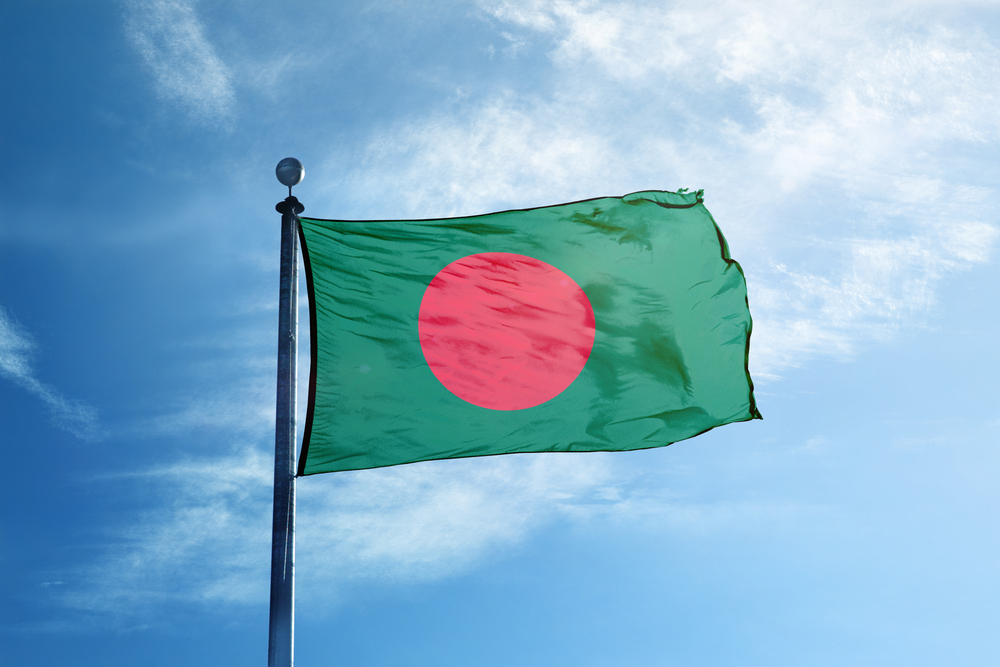
Bangladesh gained its independence from Pakistan in 1972, and the flag they now fly is based on the one they used during the Bangladesh Liberation War.
The dark green background represents the country’s lush abundance, while the red disk in the center symbolizes the blood lost in their fight for independence. The circle shape was chosen as a representation of the beautiful sunrises over the nearby Bengal territory of India.
A fun fact about the Bangladesh national standard is that the red disk is actually not in the exact center of the flag; it’s actually offset, to create a more symmetrical look when the flag is hoisted.
21. United Kingdom
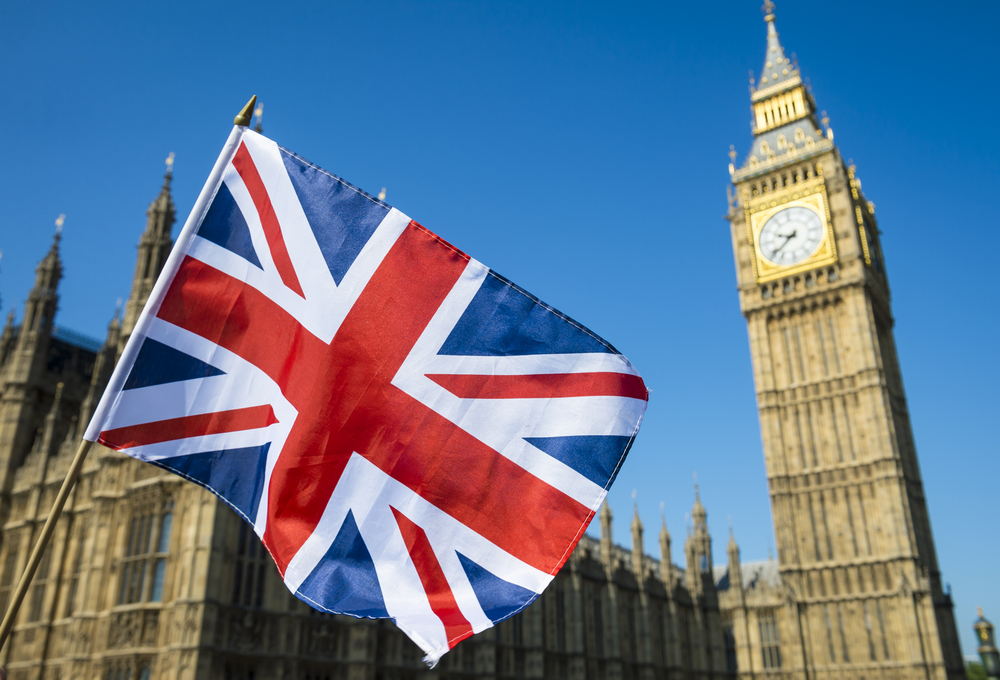
The flag of the United Kingdom was once flown on nearly every continent in the world – and many flags still pay tribute to the iconic “Union Jack” banner. Although today the country has relinquished much of its power, its national standard is still one that represents power and dominance.
The British flag is a combination of the three nations within the United Kingdom. The red cross of St. George represents the Kingdom of England, the red diagonal cross (or, saltire) of St. Patrick denotes the island of Ireland, and the white saltie stands for St. Andrew of Scotland.
While the British flag is unmistakable and has been used since 1801, it has never actually been passed as the official flag of the UK (though this doesn’t stop the entire country from using it as such).
22. Indonesia
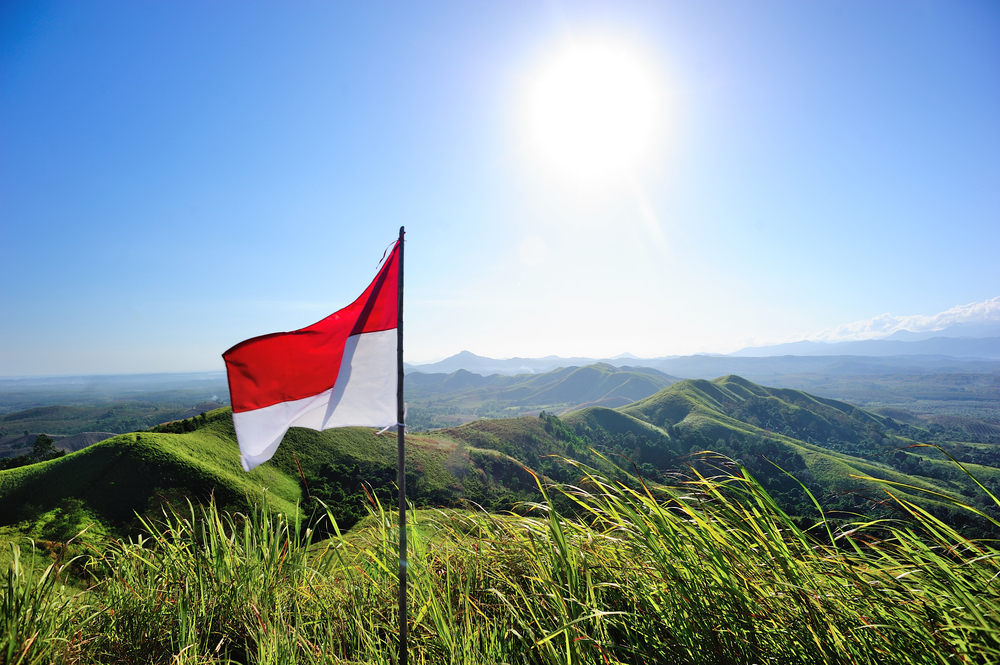
Although fairly simple compared to some of the other banners on our list, the Indonesian flag is beautiful in its own way. The country was ruled by the Netherlands for over 100 years, and legend has it, when they started fighting for their independence, they simply ripped off the blue stripe of the Dutch flag and used what remained as their own.
Others believe that the flag is inspired by the 14th century Majapahit Empire that ruled from the island of Java, but whatever story you believe, the flag’s modern symbolism remains the same. The red stripe represents all the blood lost on the quest for independence, while the white stripe symbolizes the purity of the human spirit.
23. Spain
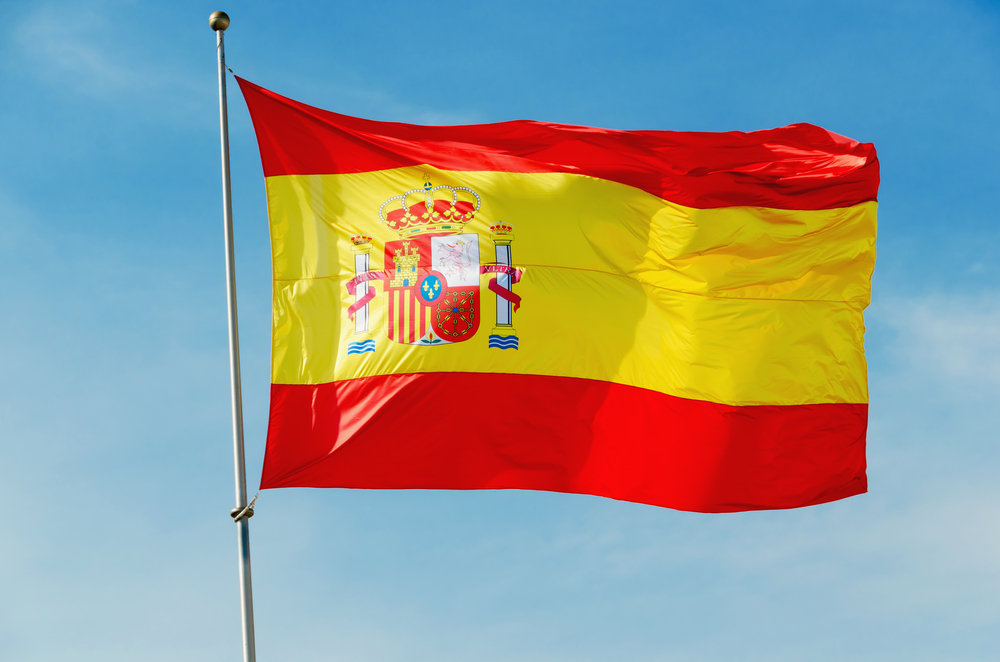
The Spanish flag is one of the most beautiful in the world, consisting of red and yellow stripes and a detailed emblem.
The significance of the colors is a bit of a mystery, though some legends have sprung up around the unknown reasoning behind the red and yellow. Some say the combination is a nod towards Spain’s controversial bullfighting tradition, with the red symbolizing the bulls’ bloodshed and the yellow representing the sand in the arena.
Others believe the yellow represents the golden sun that is almost always shining down on the country, while the red symbolizes the bloodshed of the Spanish people throughout history.
The emblem on the flag is a combination of six coats of arms that act as a symbol of Spain’s sovereignty, complete with the words “Plus Ultra”, or “further beyond”.
24. China
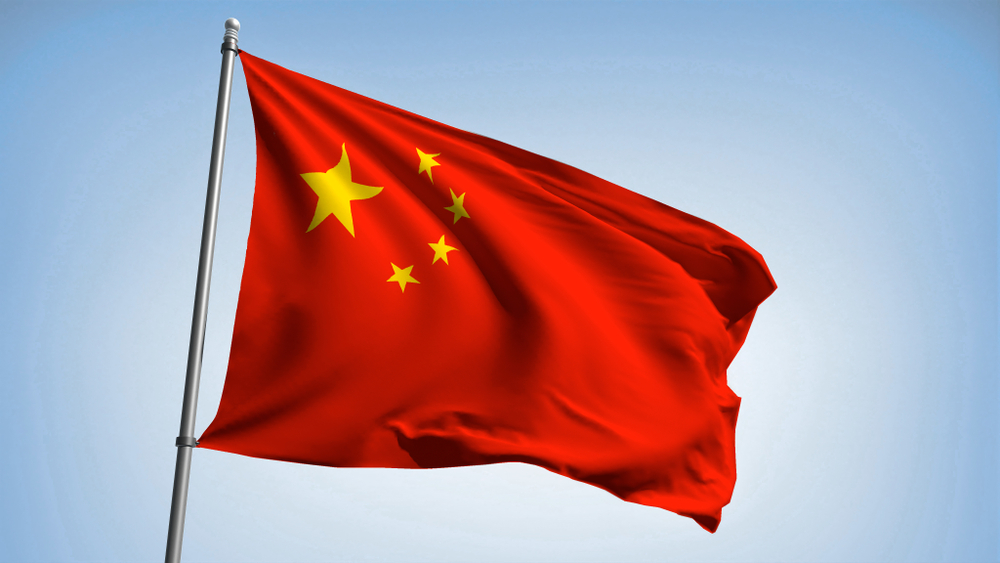
For much of China’s history, it has been ruled by a dynasty – but all that changed in 1912 when the Quing dynasty collapsed, and a republic was born in its wake. It would be years before the flag you see today was first flown, however, as the years after the dynasty were marred by civil war and foreign invasion.
The country was finally unified under communist rule in 1949, and the bold red flag with five yellow stars was adopted the same year. Red is a traditional color in Chinese society, and also represents all the blood lost during the civil war and invasion.
The yellow stars symbolize the bright light that emanates from China, with the largest one representing the communist party. The four smaller stars correlate to China’s four social classes and the harmony between them.
25. Switzerland
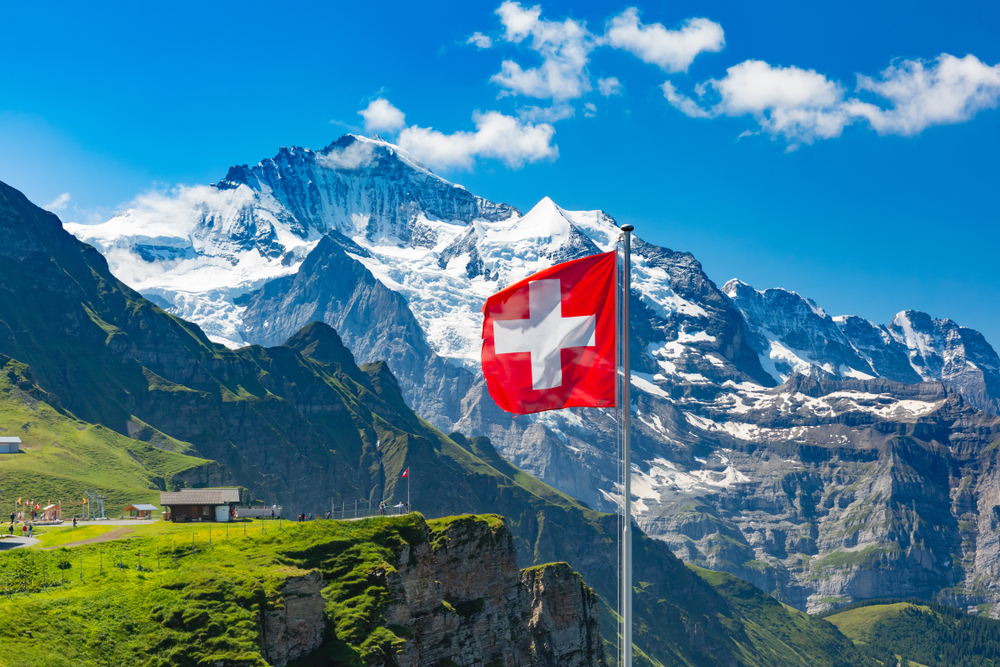
The Swiss flag is one of the most beautiful in the world and is also one of just two that boasts a square shape rather than a rectangular one. Aspects of this national banner have been used for centuries, with the white cross dating back to the Old Swiss Confederacy of the 13th century.
The current version of the flag was first used during the Napoleonic Wars, though it was not officially adopted until 1889. Ironically, Switzerland fought its last war in 1815 – and the Swiss flag has evolved into a symbol of peace, neutrality, and equality for human lives around the world.
26. United States of America

One of the most iconic flags in the world is the national standard of the United States of America, and you’ve likely seen it in movie clips, hanging from porches across the country, and even on the moon.
The navy blue canton on the upper left corner is full of 50 white stars, one for each of the country’s states. The 13 red and white stripes that make up the remainder of the flag represent the original British colonies that became the first U.S. states after the country won its independence.
This flag is a well-known one, but it may be subject to change in the next few years as legislation for both Washington D.C. and Puerto Rico to gain statehood continues to gain support.
27. Mozambique
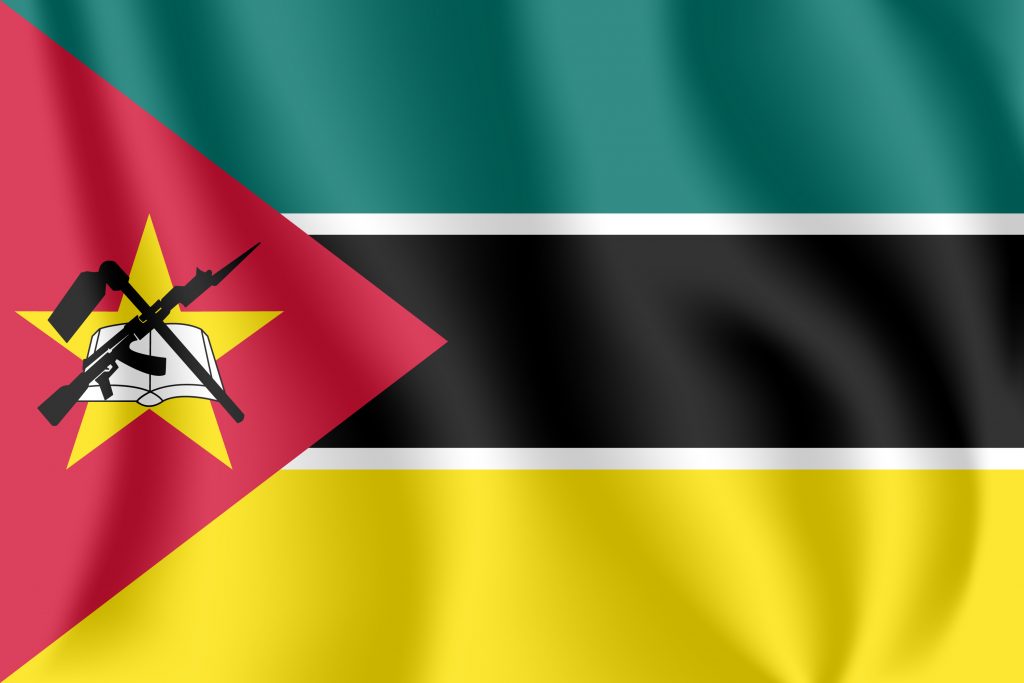
Famous for the AK-47 featured on its hoist side, the flag of Mozambique is full of symbolism. The black gun represents the country’s bloody struggle for independence, while the matching hoe symbolizes its rich agricultural roots. There’s also a book laying open underneath these objects, nodding to the importance of education.
The red, green, and black colors are common in African national flags and represent the struggle for independence, abundant land, and the unity of the African continent, respectively. Mozambique’s flag also has a yellow stripe at the bottom to symbolize their rich mineral resources, along with two small white stripes that stand for peace and unity.
28. Pakistan
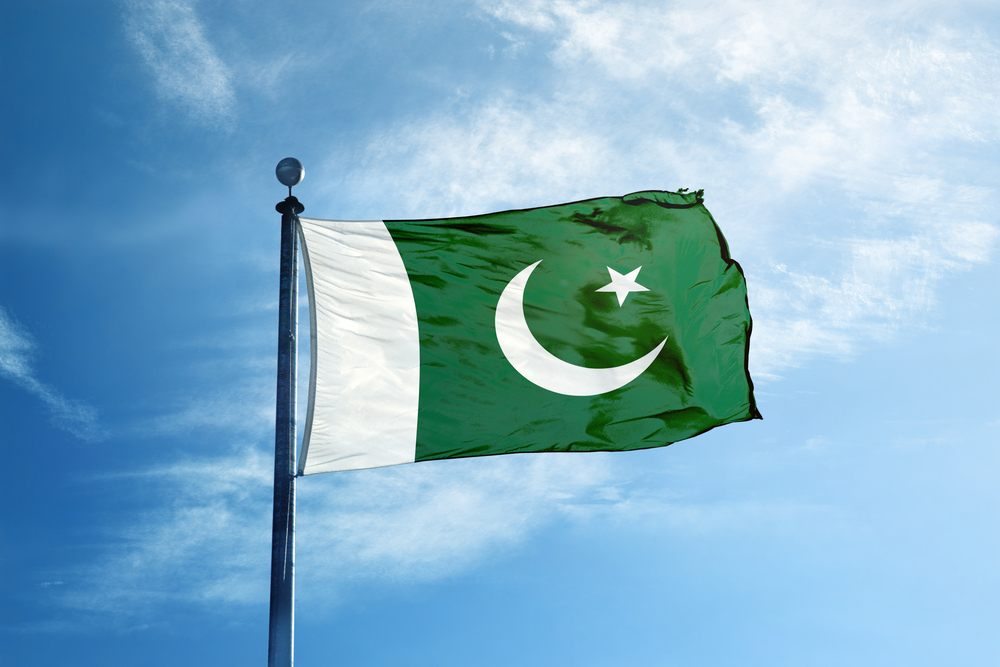
Pakistan’s flag features green and white colors along with a crescent-shaped moon and a five-pointed star. Much of the inspiration for this bi-colored flag comes from Islam, Pakistan’s official and much-loved religion.
The national standard is based on the original flag of the Muslim League (an Indian political party), with the color green encapsulating most of the flag. Green is often associated with Islam, and the choice of this color on the flag symbolizes hope, joy, and love.
The white stripe on the left side of the flag symbolizes religious minorities’ role and represents peace and harmony. The white crescent and star are also traditional symbols of Islam, progress, knowledge, and light.
29. Vietnam
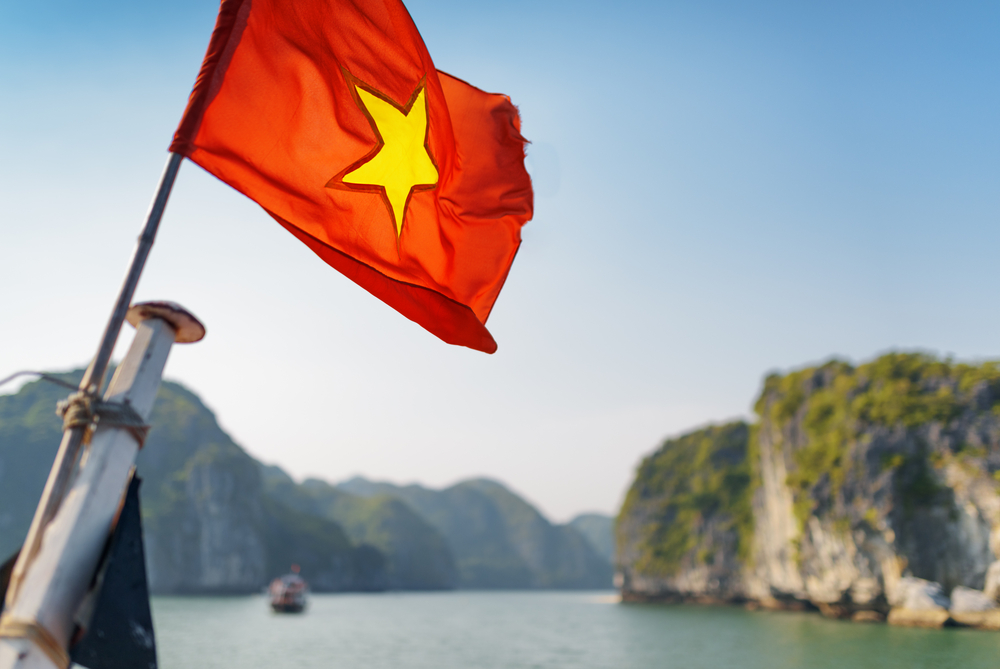
The Vietnamese flag is a simple design, but that doesn’t stop it from being beautiful. The flag was first used during the uprising against the French, who had ruled the country for centuries. Vietnam finally gained independence in 1945 – and the red flag with a single yellow star has been used ever since.
The yellow five-pointed star represents the Vietnamese race along with the five main classes of the country (the ruling class, the intellectuals, the military, the workers, and the business class). The red background symbolizes the blood spilled during the fight for independence.
30. South Africa
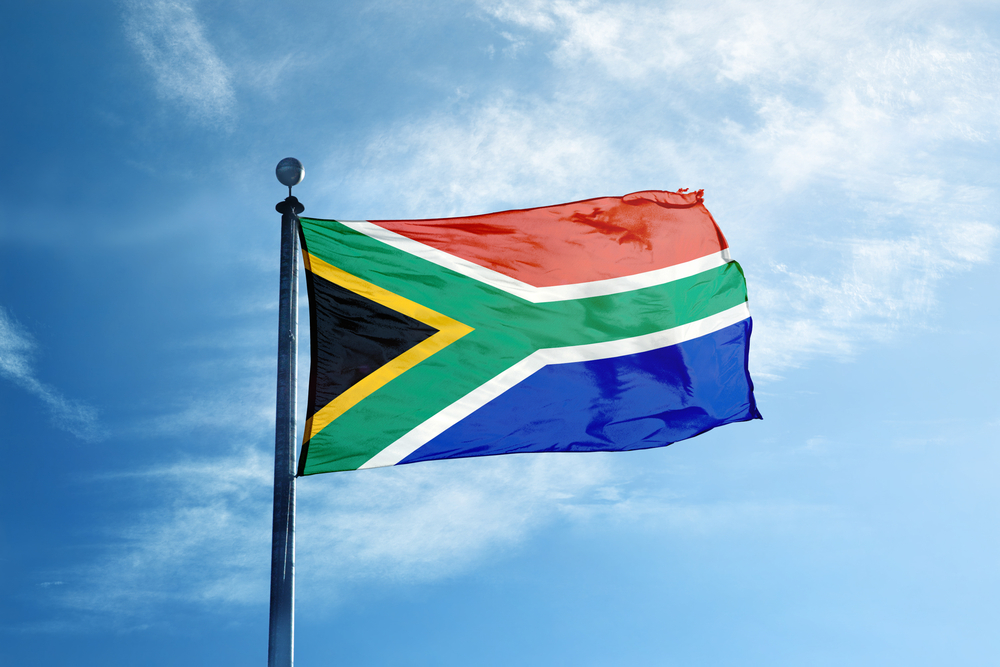
The South African flag is one of the most colorful in the world and has strong symbolism to the country’s fascinating culture. The flag was first hoisted in 1994, making it one of the youngest national flags in existence.
The flag contains the Pan-African colors of red, green, and black, but you’ll also see white, yellow, and blue on South Africa’s official banner. There are no official meanings behind the colors, but we do know that the combinations are inspired by other flags that are significant to South Africa.
The red, white, and blue nod toward the British flag and the flag of the Boeric Republic (although they used orange rather than red), while the green, black, and gold represent the African National Congress.
The Y shape is meant to represent the harmony between the European and African cultures, though the flag officially holds no symbolism due to the country’s past cultural turbulence. For some, the flag is a representation of harmony and hope – while for others, it serves as a reminder of the white supremacy and apartheid in the not-so-distant past.















